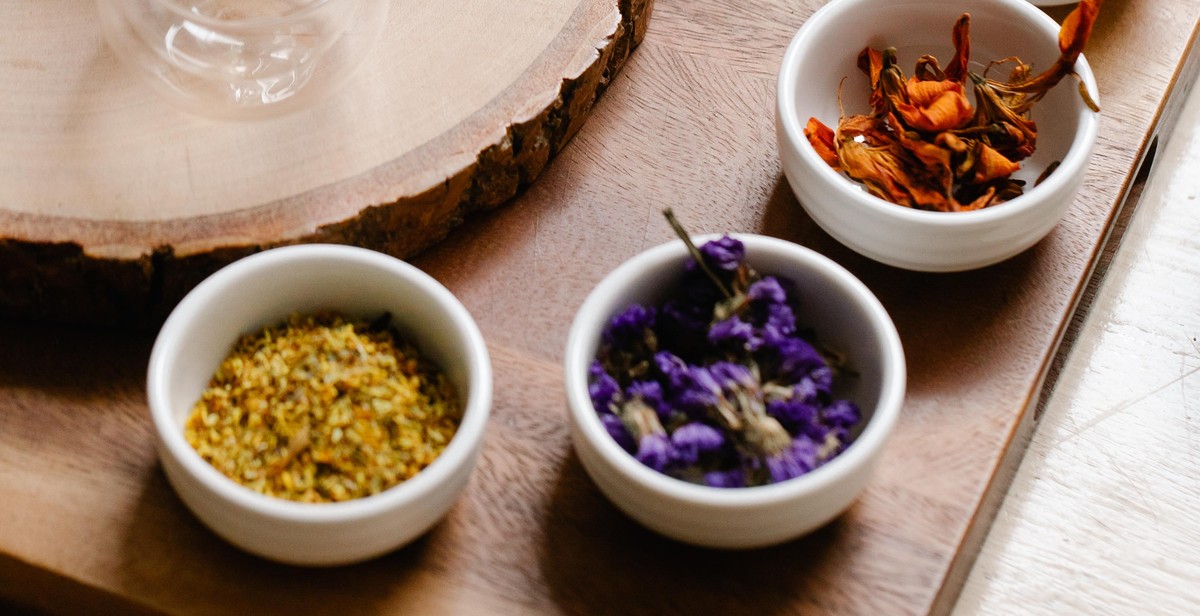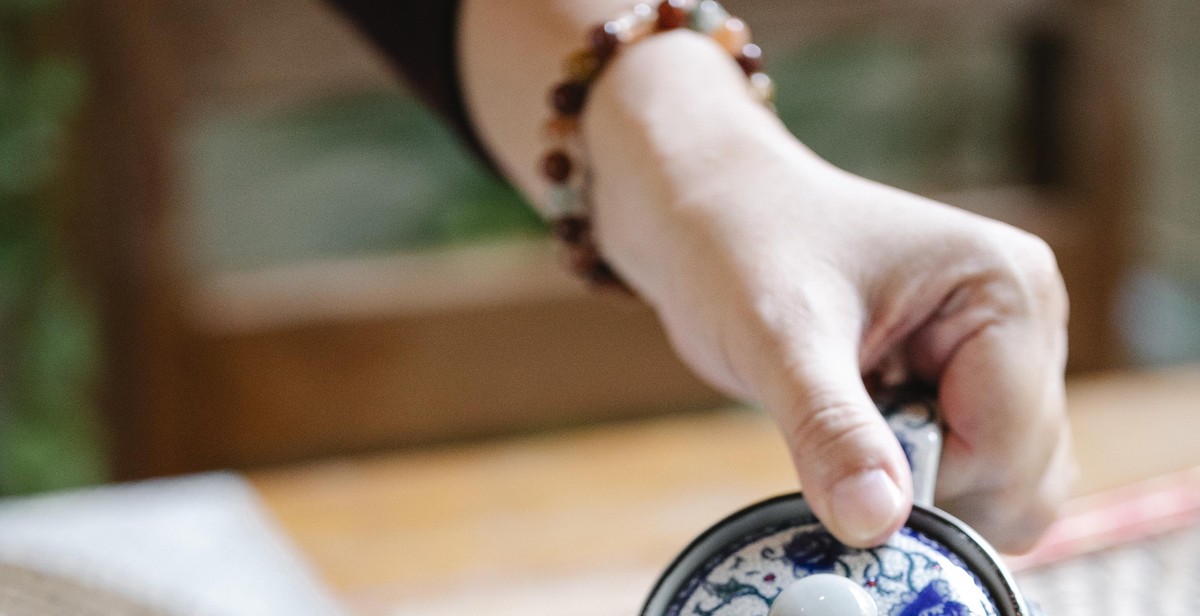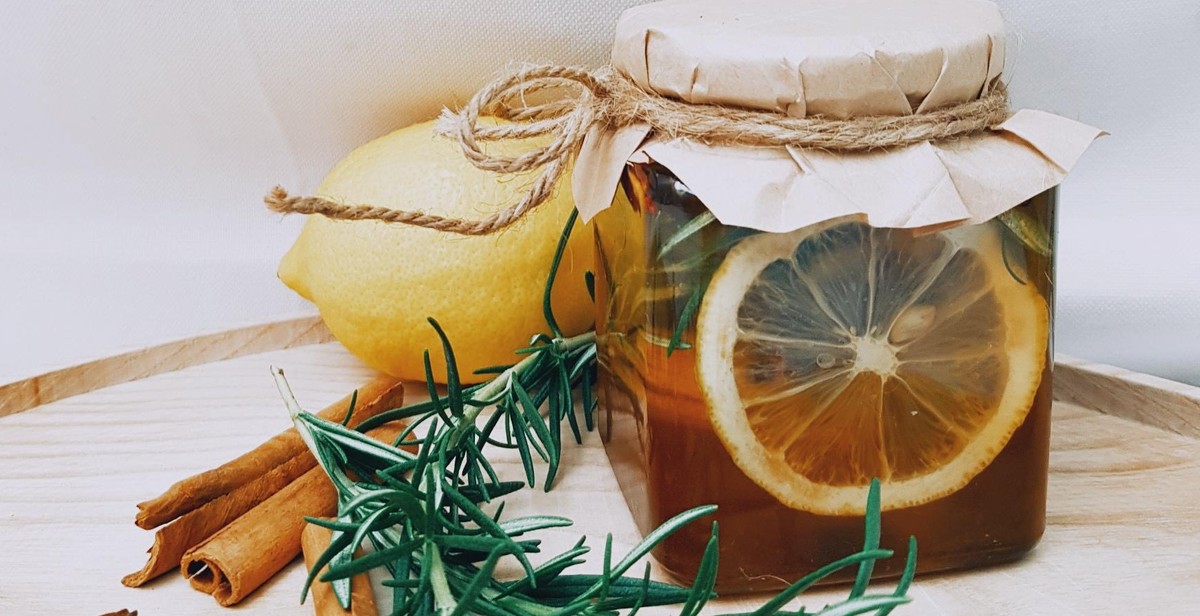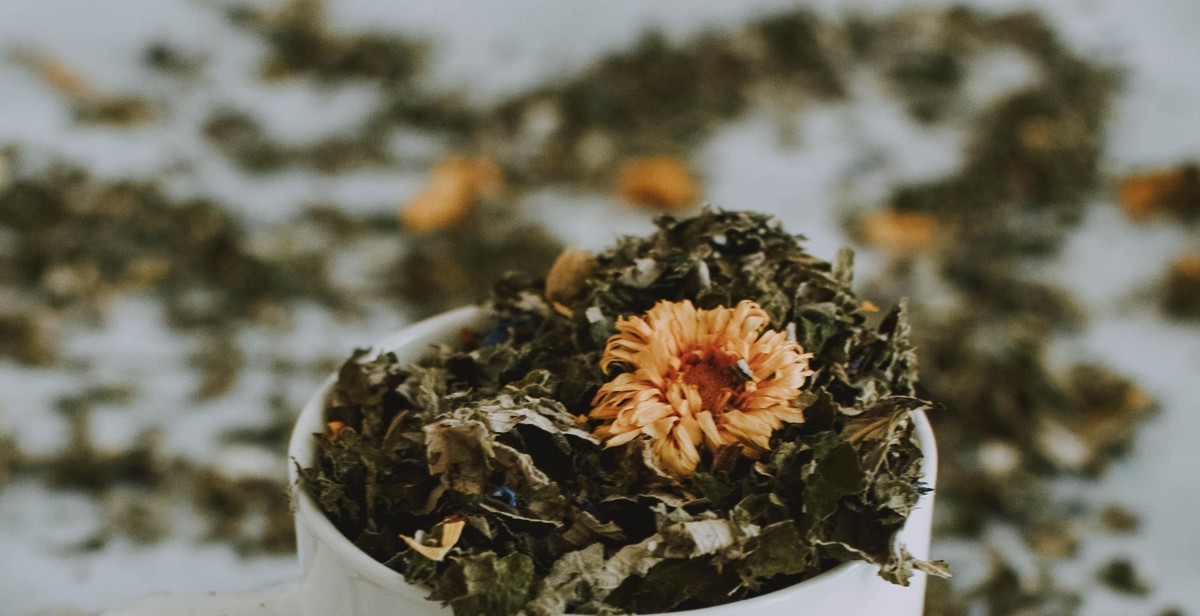How to Brew the Perfect Cup of Herbal Tea Infusion
Herbal tea infusions are a great way to unwind after a long day, or to start your morning off on the right foot. They’re also an excellent way to get a boost of antioxidants and other beneficial nutrients, depending on the herbs you choose. But, brewing the perfect cup of herbal tea can be a bit of an art form. From selecting the right herbs to steeping them for the perfect amount of time, there are several factors to consider.
Choosing Your Herbs
The first step in brewing the perfect cup of herbal tea is selecting the right herbs. There are countless herbs to choose from, each with its own unique flavor and potential health benefits. Some popular options include:
- Chamomile
- Peppermint
- Lavender
- Ginger
- Green tea
Preparing Your Water
Once you’ve selected your herbs, it’s time to prepare your water. It’s important to use fresh, cold water for the best flavor. Avoid using water that has been sitting in your kettle or pot for too long, as this can affect the taste of your tea.
You’ll also want to consider the temperature of your water. Different herbs require different water temperatures to bring out their best flavor. For example, green tea should be brewed with water that’s around 175°F, while black tea can be brewed with water that’s closer to boiling.
Steeping Your Tea
The final step in brewing the perfect cup of herbal tea is steeping your tea for the right amount of time. This can vary depending on the herbs you’re using, but a good rule of thumb is to steep your tea for 3-5 minutes. If you’re using a particularly delicate herb, like chamomile, you may only need to steep for 2-3 minutes.
By following these simple steps, you can brew the perfect cup of herbal tea every time. Whether you’re looking to relax, boost your immune system, or simply enjoy a delicious cup of tea, herbal infusions are an excellent choice.

Choosing the Right Herbs
When it comes to brewing the perfect cup of herbal tea infusion, selecting the right herbs is crucial. Understanding the different types of herbal teas and their unique health benefits can help you choose the best herbs for your infusion.
Understanding the Different Types of Herbal Teas
Herbal teas can be categorized into different types based on the part of the plant used, their flavor profile, and their health benefits. Some commonly known herbal teas include:
- Floral Herbal Teas: These teas are made from the flowers of plants and have a delicate and sweet flavor. Chamomile, lavender, and rose are popular floral herbs used in tea.
- Mint Herbal Teas: These teas are made from the leaves of mint plants and have a refreshing and cooling flavor. Peppermint and spearmint are two of the most popular mint herbs used in tea.
- Spice Herbal Teas: These teas are made from spices and have a warm and spicy flavor. Popular spice herbs used in tea include cinnamon, ginger, and clove.
- Fruit Herbal Teas: These teas are made from the fruit of plants and have a sweet and tangy flavor. Hibiscus, lemon, and raspberry are popular fruit herbs used in tea.
Selecting the Best Herbs for Your Infusion
When selecting herbs for your infusion, consider the flavor profile and health benefits of the herbs. Mixing different herbs can create unique and delicious flavor combinations. Here are some tips for selecting the best herbs for your infusion:
- Choose herbs based on their health benefits. For example, chamomile is known for its calming properties, while ginger is known for its digestive benefits.
- Consider the flavor profile of the herbs. Pair strong herbs with milder ones to balance the flavors. For example, peppermint can be paired with chamomile to create a refreshing and calming blend.
- Experiment with different herbs and flavor combinations to find your perfect blend.
| Herb | Health Benefits |
|---|---|
| Chamomile | Calming and relaxing |
| Peppermint | Relieves digestive issues and freshens breath |
| Ginger | Relieves nausea and improves digestion |
| Lavender | Calming and relaxing |
| Hibiscus | Rich in antioxidants and supports heart health |

Preparing the Water
Water is the most important ingredient in making a perfect cup of herbal tea infusion. The quality of water you use can determine the overall taste of your tea. Here are some tips on how to prepare the water for your herbal tea infusion:
Use Filtered Water
Filtered water is the best choice for brewing herbal tea. It removes any impurities or chemicals that can affect the taste of your tea. Using tap water may contain chlorine, fluoride, or other chemicals that can alter the flavor of your tea. If you don’t have a water filter, you can purchase bottled water instead.
Boiling the Water to the Right Temperature
The temperature of the water is also important in brewing herbal tea. Different types of tea require different water temperatures. Overheating the water can ruin the flavor of your tea, while underheating it can prevent the tea from steeping properly. Here are the recommended water temperatures for different types of herbal tea:
| Type of Herbal Tea | Water Temperature |
|---|---|
| Green Tea | 175°F – 185°F |
| White Tea | 160°F – 170°F |
| Oolong Tea | 190°F – 200°F |
| Black Tea | 205°F – 212°F |
| Herbal Tea | 212°F |
It’s important to heat the water to the correct temperature before steeping your herbal tea. You can use a thermometer to check the temperature, or simply bring the water to a boil and let it cool down for a few minutes before steeping.
By using filtered water and boiling it to the right temperature, you can ensure that your herbal tea infusion will have the perfect flavor and aroma. Now that you’ve prepared the water, it’s time to move on to the next step – selecting the right herbs for your tea.

Brewing the Herbal Tea
Steeping Time and Temperature
The key to brewing the perfect cup of herbal tea infusion is to steep it at the right temperature and for the right amount of time. The temperature and steeping time may vary depending on the type of herbs you are using. Here are some general guidelines:
| Type of Herb | Temperature | Steeping Time |
|---|---|---|
| Chamomile | 205°F (96°C) | 5-7 minutes |
| Peppermint | 212°F (100°C) | 3-5 minutes |
| Ginger | 205°F (96°C) | 7-10 minutes |
| Lavender | 195°F (90°C) | 5-7 minutes |
It is important to note that steeping the herbs for too long or at too high of a temperature can result in a bitter and unpleasant taste.
Straining the Tea
Once you have steeped the herbs for the appropriate amount of time, it is time to strain the tea. There are several ways to do this:
- Use a fine mesh strainer: This is the most common method and involves pouring the tea through a fine mesh strainer to remove any loose herbs.
- Use a tea infuser: If you are using loose leaf herbs, you can use a tea infuser to steep the herbs and then remove the infuser to strain the tea.
- Use a cheesecloth: If you are using larger herbs or roots, you can wrap them in a cheesecloth and steep them in the hot water. Once the steeping is complete, simply remove the cheesecloth to strain the tea.
Whichever method you choose, be sure to strain the tea into a clean cup or teapot to remove any remaining herbs or particles.

Adding Sweeteners and Enhancements
Herbal tea infusions can be enjoyed plain, but adding sweeteners and flavorings can enhance the taste and provide additional health benefits. Here are some natural sweeteners and flavorings that can be added to herbal tea infusions:
Natural Sweeteners and Flavorings
- Honey: A natural sweetener that also has antibacterial properties. Use raw honey for maximum health benefits.
- Maple syrup: A natural sweetener that contains antioxidants and minerals like zinc and manganese.
- Stevia: A natural sweetener that comes from the stevia plant and has zero calories. It is a good option for those who want to avoid sugar.
- Cinnamon: A spice that adds a warm and sweet flavor to herbal tea infusions. It also has anti-inflammatory properties.
- Ginger: A spice that adds a spicy and slightly sweet flavor to herbal tea infusions. It also has anti-inflammatory properties.
Milk and Cream
Milk and cream can also be added to herbal tea infusions to create a creamier and richer taste. Here are some options:
| Type | Description |
|---|---|
| Whole milk | Full-fat milk that adds a creamy texture and a slightly sweet taste. |
| Almond milk | A dairy-free alternative that adds a nutty flavor and a creamy texture. |
| Coconut milk | A dairy-free alternative that adds a tropical flavor and a creamy texture. |
| Heavy cream | A high-fat dairy product that adds a rich and creamy taste. It is best used in small amounts. |
When adding milk or cream to herbal tea infusions, it is important to heat it separately and then add it to the tea. This will prevent curdling and ensure a smoother texture.

Conclusion
Herbal tea infusions are a great way to enjoy the benefits of various herbs and spices. With the right techniques and ingredients, you can brew the perfect cup of herbal tea infusion that is both delicious and healthy.
Final Tips
- Always use fresh, high-quality herbs and spices
- Boil water to the right temperature for the type of herb or spice you are using
- Steep the infusion for the appropriate time to ensure maximum flavor and health benefits
- Add natural sweeteners like honey or stevia to enhance the taste of the infusion
- Experiment with different herbs and spices to find your favorite flavor combinations
Health Benefits
Herbal tea infusions are not only delicious but also offer numerous health benefits. Most herbs and spices used in herbal tea infusions have anti-inflammatory, antioxidant, and anti-cancer properties. They can help improve digestion, boost immunity, reduce stress, and promote relaxation.
